Ruby Taylor of Native Hands shares her forage of the month for September, with stress-busting nettle seeds the star of the show as autumn approaches.
Nettles are a truly amazing plant. I recently found out about the ‘super food’ that is nettle seeds, and have been making the most of the nettle patch at the end of the garden ever since. They’re pokey wee things and some people find them very stimulating, so go easy to begin with. Full of fantastic nutritional and medicinal properties, now’s the time to harvest them.

A nettle plant in seed. Credit: Native Hands
Look for strong plants whose seeds are plentiful, fresh and green, as above. To gather the seeds, cut the whole stem, tie a bunch together and hang them upside down (as below) inside a large paper bag. Keep the bag open at the top to allow air circulation (and to let any wildlife escape), and leave it in a warm airy place for a few weeks. Don’t use a plastic bag as this may cause mould to form.
Most seeds will drop to the bottom of the bag, but once the plants are dry, it’s also worth stripping off the strands of seeds and rubbing them through a sieve to collect other seeds that are still on the plants. You’ll probably find you still have a fair amount of seed husk on many of the tiny seeds, but this is fine.

Nettles hanging to dry. Credit: Native Hands
Store in a jar, and sprinkle them on your food: they’re tasty added to soups, salads, etc, or you can blend them in smoothies with other ingredients. They have a slightly rough texture from the small amount of husk on them but they won’t sting you. In hay fever season I chew a large teaspoonful of seeds every morning to help alleviate symptoms.
Take up to a teaspoon a day and see how you go.
As herbalist friend Lucinda Warner notes, nettle seeds are adaptogens. This means they help with the general stress response, strengthen the adrenals, and are also loaded with minerals and trace elements. They’re therefore useful for chronic exhaustion, adrenal fatigue and burnout. The benefits of nettle seeds have some overlap with those of the leaf: both are strengthening, mineral rich, great for skin and hair and for supporting the kidneys and urinary system. Whereas the leaf is gentler and more nourishing, the seed packs more of a punch.
Shared from an original post on Ruby’s Native Hands blog available here.
 About the author
About the author
Ruby Taylor of Native Hands has been a maker since she was knee-high, and a teacher for over 20 years. She runs popular courses in Wild Basketry and Wild Pottery using foraged materials in the woods. She has experience of a wide range of basketry techniques and also works as part of a team teaching ancient crafts and technologies.

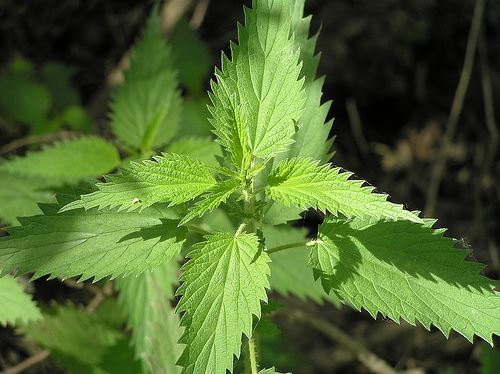
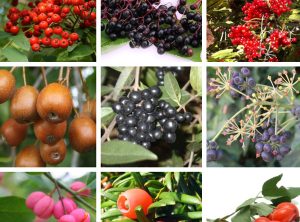
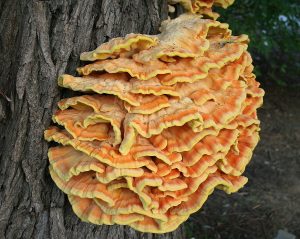
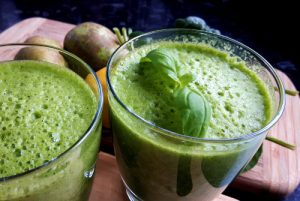
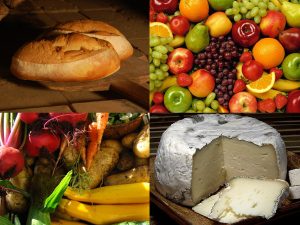
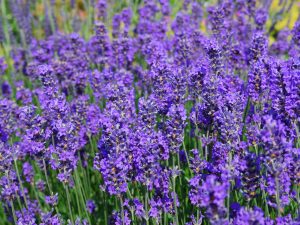
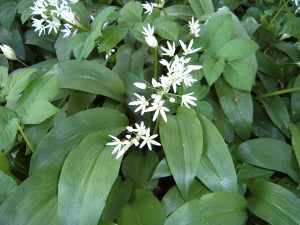
4 Comments
Thank you for sharing this Ruby. I feel completely overloaded at the moment and will go out this weekend to forage for sure!!
Hope it helps, Lin. Just remember to start with small amounts and see how you go…
thats very good information i will try having some seed on my breakfast
Sounds like a good plan Mark : )